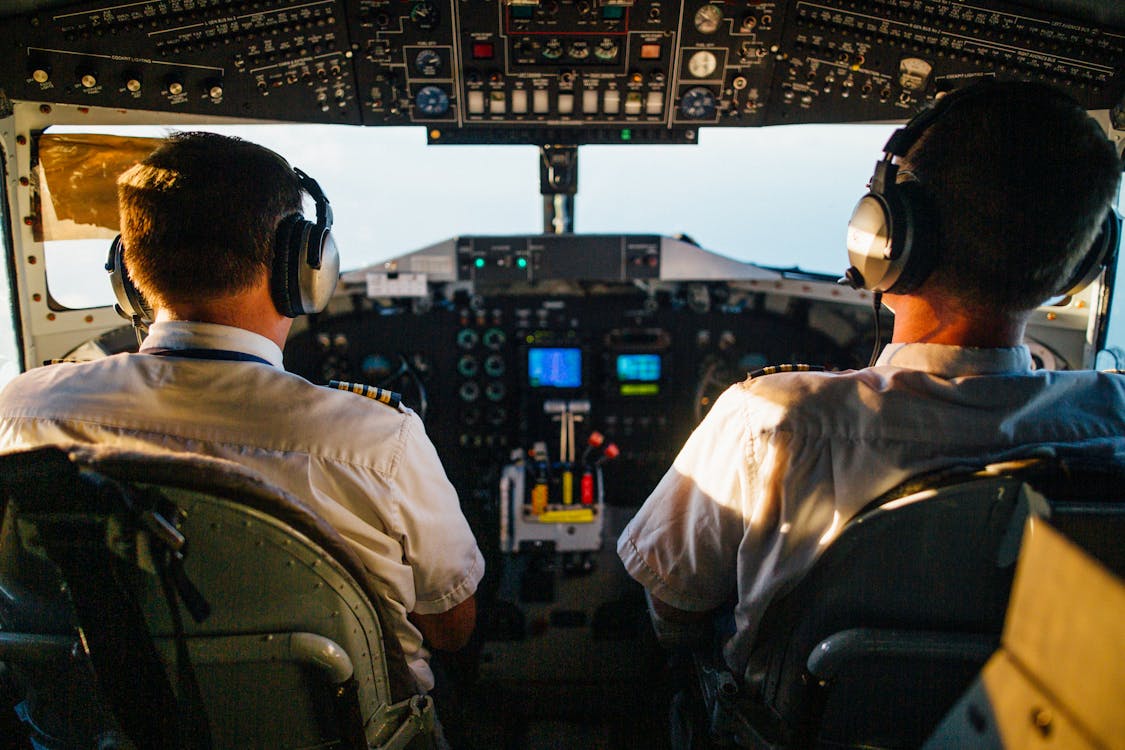
For those with a passion for flying, becoming a pilot can be an incredibly rewarding experience. It takes dedication and hard work to become qualified, but the rewards are worth it: there’s nothing quite like soaring above the clouds in your own aircraft. It’s a job like no other, full of adventure and great memories. Here are some tips to help you get on the path to becoming a pilot.
1. Flight School
Attending a flight school is the first step to becoming a pilot. Many schools offer courses in aviation that cover topics like air regulations, meteorology, and navigation. Flight schools also provide practical experience in flying an aircraft as well as other fundamental skills of being a pilot, such as communication and decision-making under pressure. According to flight school USA, it’s important to consider the type of aircraft you want to fly when choosing a school. While most courses provide a general overview of flying, there are specialized schools that focus on specific types of aircraft.
2. Getting Licensed
Once you have completed the necessary flight training, it is time to obtain a pilot license. Depending on your country or region, different sets of requirements may need to be met in order to become a licensed pilot. Generally speaking, these requirements include passing written and practical tests (such as an oral exam) as well as meeting specific experience criteria (for example, logging a certain number of hours flying). It is important to note that different licenses exist based on the type of aircraft being flown. For example, commercial pilots typically need a more advanced certification than private pilots do.
3. Practice Makes Perfect
Now that you’ve completed your training and are a licensed pilot, it’s time to start honing your skills. In aviation, practice is essential for staying safe in the air. The more you fly, the more comfortable and confident you become with flying maneuvers and aircraft systems. Pilots should strive for regular practice sessions with a flight instructor or an experienced pilot mentor. This can help build your confidence in new areas of operations such as mountain flying or instrument navigation. All pilots should also have currency requirements they must meet to stay qualified. Keeping up with these requirements will ensure that you remain current on all regulations, procedures, and knowledge needed to operate an aircraft safely and correctly.
4. Building a Career as a Pilot
Once you have completed the required training and received your license, it is time to start your journey as a professional pilot. Most pilots find work with commercial airlines or corporate flight departments, but there are also opportunities in private aviation and government organizations. It is important to stay current on regulations and best practices to increase your employability. Joining organizations such as the Aircraft Owners and Pilots Association (AOPA) and the Experimental Aviation Association (EAA) can be beneficial for networking and staying abreast of industry developments. Additionally, research what pilot roles may be available at different types of employers in order to gain insight into potential job opportunities.
5. Taking Flight: Pre-Flight Checklist
Now that we have the training and skills to get in the cockpit, it’s time to take flight. Before every flight, pilots go through a pre-flight checklist to ensure the aircraft is airworthy and ready for takeoff. This includes checking fuel levels, testing communication systems, inspecting the exterior of the plane, and confirming all instruments are operational. For those new to flying, these checks can seem overwhelming but with practice, they will become second nature. Additionally, always be sure to pay attention to weather conditions prior to taking off as this is essential for a safe and successful flight!
6. Staying Safe in the Air
A successful flight depends largely on the pilot’s ability to anticipate and manage a variety of risks. Before taking off, pilots should thoroughly review their aircraft, weather conditions, and potential hazards they may encounter in the airspace. In-flight decisions should be based on current information that includes aeronautical charts, NOTAMs (Notice to Airmen), radar advisories, pilot reports, and other data sources. Pilots should also ensure that their passengers are briefed about safety precautions and understand how to operate any equipment onboard the plane.

Soaring high in the sky is a dream that many have but few realize. Becoming a pilot requires dedication and hard work, but it can be incredibly rewarding. With the right training, education, and practice, you can become an expert flyer and embark on a successful career in aviation. So what are you waiting for? Take off into your dreams and soar to new heights today!
Published by HOLR Magazine.


